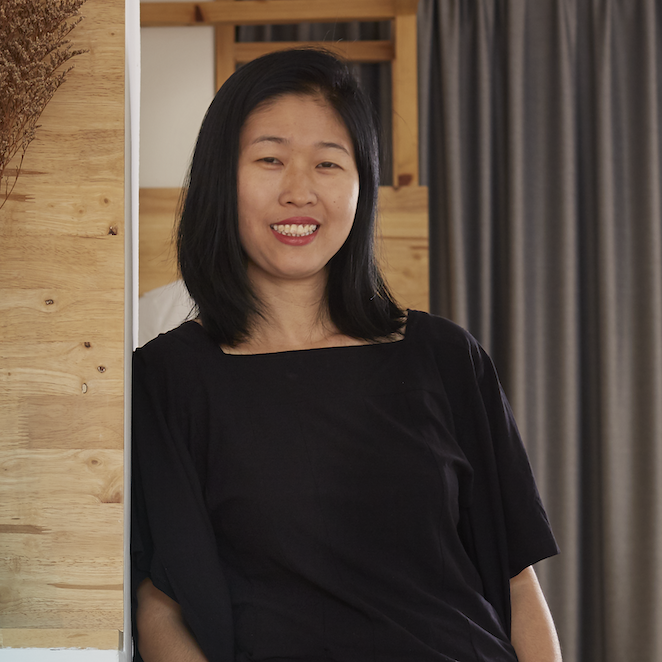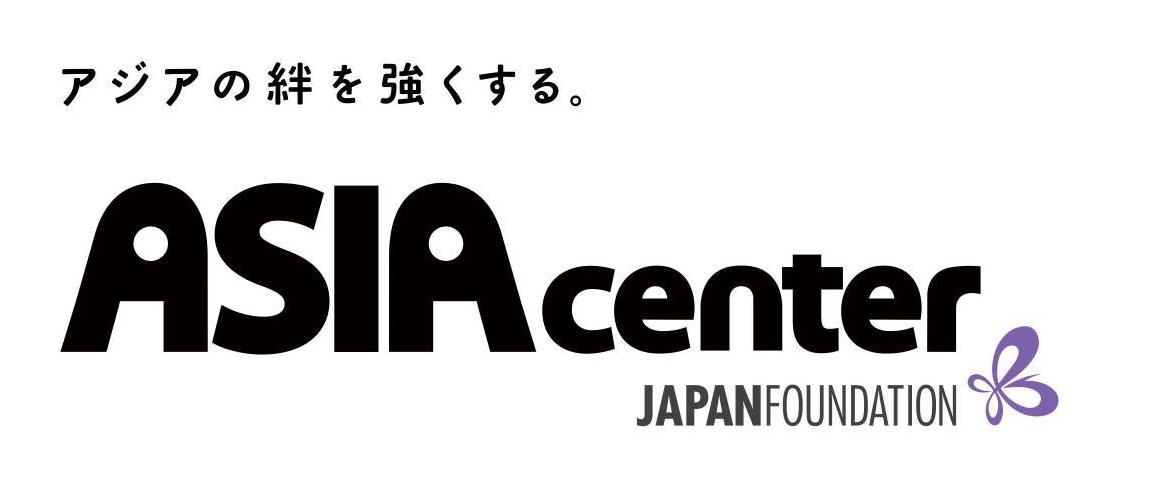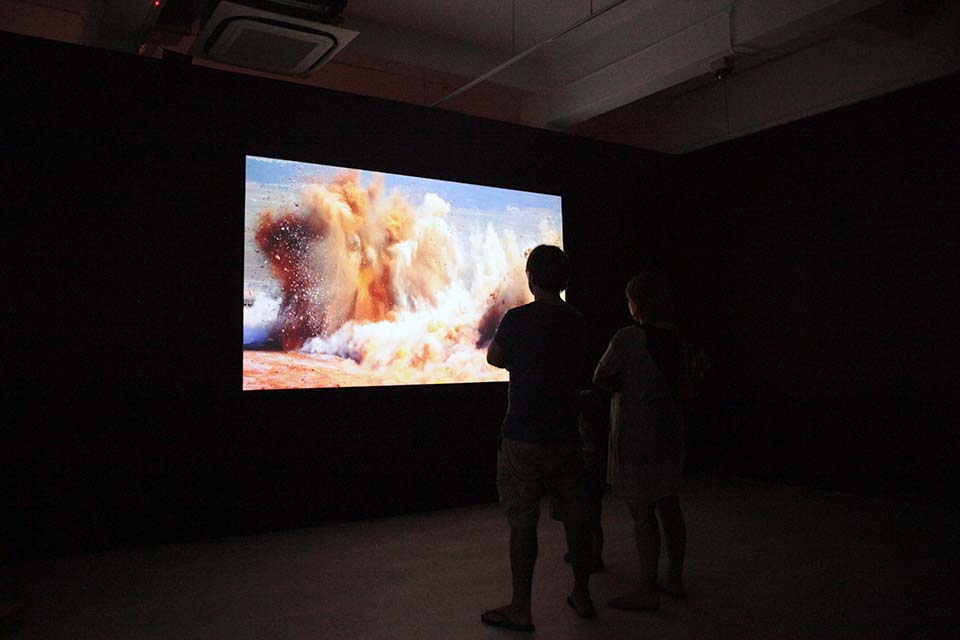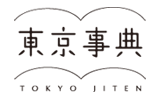Sutthirat Supaparinya
>>> Japanese
Sutthirat Supaparinya
(Born in Chiang Mai, lives and works in Chiang Mai, Thailand)

Photo by Jeremy Samuelson
Sutthirat earned a BFA in painting from the Faculty of Fine Arts at Chiang Mai University and a postgraduate diploma in Media Arts from Hochschule Fuer Grafik und Buchkunst in Leipzig, Germany.
The artwork of Sutthirat Supaparinya's encompasses a variety of mediums such as installation, objects, still photos and moving images. With her artistic practice and further research to conduct, she interprets the public information to question, and reveals its structure that is affective upon her and the viewer as national/global citizen. Her recent projects focus on the history and the impact of human activities giving to the other existence and the histrocial and cultural landscape within.
Museums and galleries that have featured Sutthirat's works include Hiroshima City Museum of Contemporary Art, Mori Art Museum, Japan, Jim Thompson Art Center, Maiiam Contemporary Art Museum, Gallery Ver, Thailand, Queensland Art Gallery and Sherman Contemporary Art Foundation, Australia, the Solomon R. Guggenheim Museum, USA, Singapore Art Museum and ArtScience Museum, Singapore, Kuandu Museum of Fine Arts, Taiwan, Hong Kong Arts Centre, Hong Kong, Centre for Contemporary Art Ujazdowski Castle, Poland, along with international festivals and biennials such as Koganecho Bazaar 2011 in Yokohama, Yebisu International Festival for Art & Alternative Visions 2012 and 2018, Japan, EVA International [Ireland's Biennial] in Limerick City, Ireland, 12th Gwangju Biennale, Gwangju, South Korea, Cairo Biennale 13 in Cairo, Eygpt and Biennale Jogja Equator #5, Yogyakarta, Indonesia.
As a visual artist in the art community of Chiang Mai, she has found and is operation Chiang Mai Art Conversation(CAC) since 2013. Most recently, she was also the director of Asian Culture Station (ACS) in the year of 2016-19, when CAC partnered with the Japan Foundation Asia Center to establish the cultural station in the heart of Chiang Mai. CAC aims to promote contemporary art in Chiang Mai while ACS activated Asian culture and to promote its network.
Residency: September 6 - October 15, 2019
Supported by: 2019 The Asia Center Fellowship Program


When Need Moves the Earth, video, 2014

When Need Moves the Earth, video, 2014
After the Residency
AIT had a chance to ask some questions to the artist, Suthirat Supaparinya after she has gone back to her home country to look back what she experienced during the The Asia Center Fellowship Program.
AIT: Previously, you have participated in some residencies and joined art exhibitions at various places in Japan. How was this time different from those experiences, and what did you find in particular?
Supaparinya (Som): I'm flexible to travel and meet new people with a loosely focus on 2-3 frames. This time allowed me to travel and explore on my own to many cities outside of Tokyo. This way, I can see a bigger and realistic picture of the country as well as its relation to the neighboring countries.
AIT: What would this fellowship benefit your future practice?
Som: My board interest rooted in my practice is "landscape." Currently and in the future, my attention will involve with history, traveling routes, issues on geopolitical/economic/natural resource, and the change of those landscapes. The fellowship allowed me to go, see and talk with locals what I have only learned through books or on hearsay. It's hard for me to go straight to concentrate on one project/idea after the trip since the knowledge I got through those direct communication is vast and I need to digest and research further in details, in order to develop on each subject I'm interested in. This research trip was a great opportunity for me to start a new chapter in my career.
AIT: You have vigorously led Asian Culture Station (ACS)*1 forward until recently with the support of Asia Center, and now it is closed after completing its term. How do you describe the city of Chiang Mai have input cultural/intellectual resources from the previous programs, and as an artist who is based in Chiang Mai, what is your future hope for the city after ACS?
Som: I think ACS was one engine that helped to move contemporary arts and culture in the city with the other organizations and individuals who were willing to enhance their network and knowledge. Each of us seemed to push and activate the importance of cultural/intellectual practice. I'm grateful to see the seed we have planted (both direct and indirect way) to grow on their own. I have seen some newly initiated projects sprouting up in an energetic way in both government and private sectors, even though the political situation and economic slowdown that most of us experienced recently. I wish that our initiative and a small collective project such as ACS and CAC*2 can give an inspiration to many more people to get together and create what they want for Chiang Mai to be.
*1 | Asian Culture Station. From 2016 to 2019, ACS partnered with Japan Foundation Asia Center and hosted various art programs such exhibitions, talks, and symposia all open to the public. Located centrally in Chiang Mai, just off to Nimmanhaemin Road, ACS attracted many local creative minds, international artists, curators and professionals to visit. Her interview is also available on the following website. SUTTHIRAT SUPAPARINYA――Knocking on Doors
*2 | Chaing Mai Art Conversation. Along with her art production, Som has been a leading member of CAC since its establishment.
2019-9- 6









